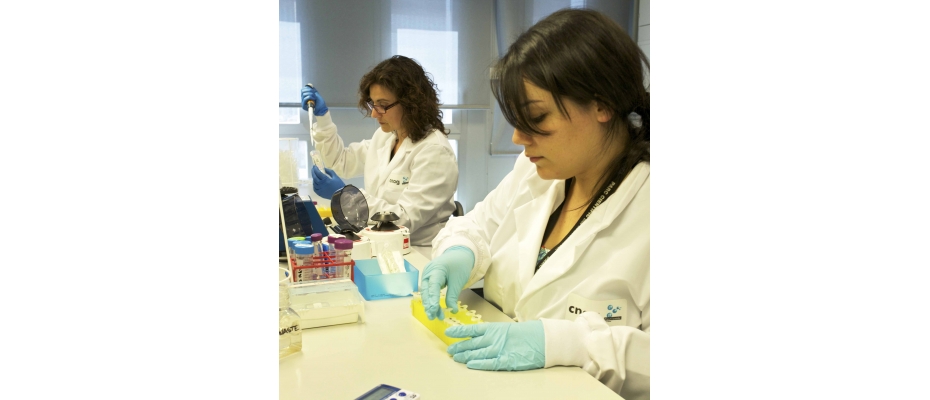
A Spanish research team coordinated by Carlos Duarte from the Spanish National Research Council (CSIC) has begun to sequence the genome of the deep global ocean using over 2,000 samples of microorganisms from the Atlantic, Indian and Pacific oceans during the Malaspina expedition. It is the Malaspinomics project, and the preliminary results reveal a wealth of species and unknown microorganisms in the deep ocean. Specifically, 60% of the bacterial species detected by massive sequencing techniques are unknown. “New sequencing and analysis resources allow extracting more information and have led to an unprecedented level of resolution”, says Carlos Duarte.
The CNAG is sequencing protist and bacterial metagenomes and metatranscriptomes from the ocean samples obtained from different depths and locations. Additionally, the CNAG, in collaboration with Peer Bork's group at EMBL, is participating in the metagenome and transcriptome analyses, including quality control, assembly, gene finding and mapping into the Ocean Reference Gene Catalog.
Degrading toxic compounds
Researchers have already identified bacteria capable of degrading highly toxic compounds accumulated on the seafloor. "We found bacteria with metabolic pathways capable of degrading methylmercury, derivated from human activity. Other bacteria, methanotrophs, use the degradation products of toxic compounds as a carbon and energy source. The detection of these “recycling plants” in the deep ocean allows us to identify regions with greater accumulation of toxic substances and to use these bacteria as ecological biosensors of a previously unknown environment, "says Silvia Acinas, CSIC researcher at the Institute of Marine Sciences.
Millions of new genes
To Josep Maria Gasol, CSIC researcher at the Institute of Marine Sciences and leader of the microorganisms block of Malaspina, these samples "are especially valuable because they come from areas poorly scientifically studied so far, as the Indian and the South Pacific. Recent evidence suggests that the deep ocean hosts diverse active bacteria and archaea protists, viruses and zooplankton "."This collection has a high strategic value because no country has this type of samples at a global scale. We will deliver to international databases hundreds of millions of new genes with metabolic capabilities so far unknown and with many possible applications", said Duarte.











